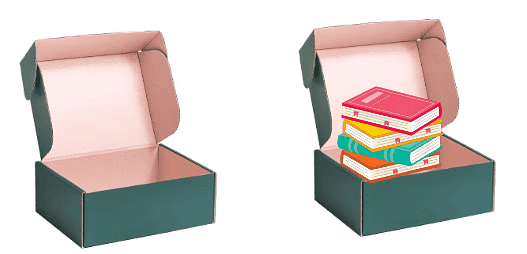Worksheet: Filling and Lifting | Worksheets with solutions for Class 3 PDF Download
Q1: Fill in the blanks with 'more' or 'less' to complete the sentences.
(i) A small bottle can hold ______ juice than a big bottle.
(ii) An empty box weighs ______ than a box filled with books.
(iii) A bucket can hold ______ water than a glass.
(iv) A truck can carry ______ boxes than a bicycle.
(v) A full basket weighs ______ than an empty basket.
(vi) A big suitcase can hold ______ clothes than a small bag.
(vii) A full glass has ______ water than a half-full glass. 
Q2: Choose the appropriate word in the following sentences:
(i) The bottle holds more than/less than 500 milliliters.  (ii) The bucket holds more than/less than 5 liters.
(ii) The bucket holds more than/less than 5 liters.  (iii) The cup holds more than/less than 250 milliliters.
(iii) The cup holds more than/less than 250 milliliters.  (iv) The tank holds more than/less than 1000 liters.
(iv) The tank holds more than/less than 1000 liters.  (v) The pot holds more than/less than 2 liters.
(v) The pot holds more than/less than 2 liters.  (vi) The can holds more than/less than 1 liter.
(vi) The can holds more than/less than 1 liter.  (vii) The carton holds more than/less than/exactly 1 liter.
(vii) The carton holds more than/less than/exactly 1 liter. 
Q3: Write the names of the objects that are 1 kilogram.
Q4: Which is lighter, a feather or a rock? 
Q5: Which is heavier, a pencil or a book? 
Q6: Compare the weight of a balloon filled with air and a balloon filled with water.
FAQs on Worksheet: Filling and Lifting - Worksheets with solutions for Class 3
| 1. What is the difference between filling and lifting in construction? |  |
| 2. What materials are commonly used for filling? |  |
| 3. How do you ensure a proper lift when using machinery? |  |
| 4. What safety precautions should be taken during filling and lifting operations? |  |
| 5. How can I calculate the amount of fill needed for a project? |  |
















